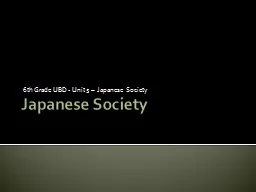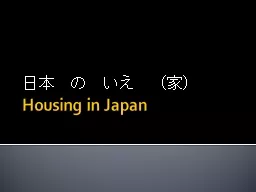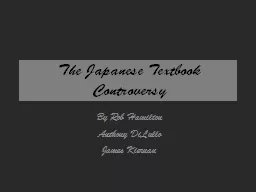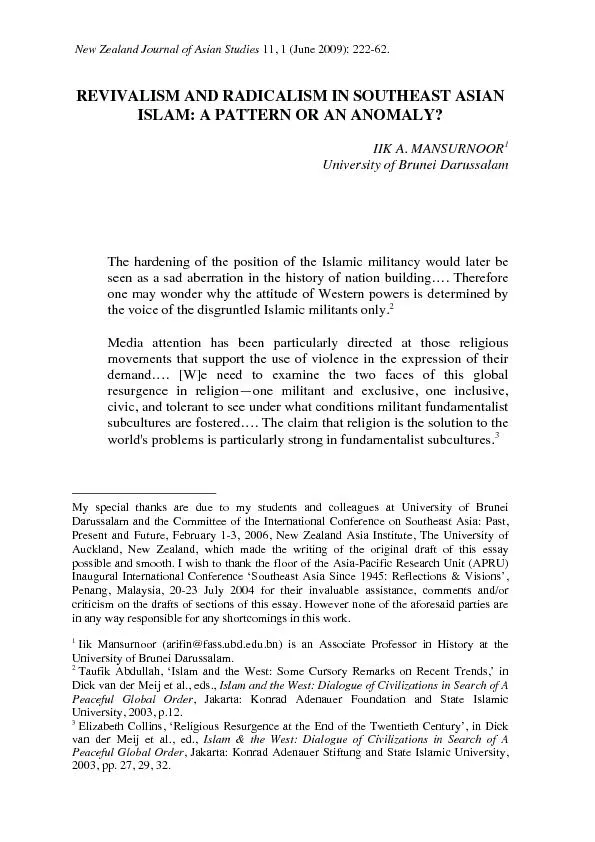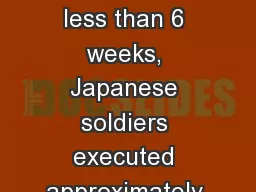PPT-Japanese Society 6 th Grade UBD - Unit 5 – Japanese Society
Author : sherrill-nordquist | Published Date : 2018-09-25
Preview Under the Shogun Japan was firmly organized under the Tokugawa shogunate Under Japans Tokugawa shogunate social status was passed down through families
Presentation Embed Code
Download Presentation
Download Presentation The PPT/PDF document "Japanese Society 6 th Grade UBD - Unit 5..." is the property of its rightful owner. Permission is granted to download and print the materials on this website for personal, non-commercial use only, and to display it on your personal computer provided you do not modify the materials and that you retain all copyright notices contained in the materials. By downloading content from our website, you accept the terms of this agreement.
Japanese Society 6 th Grade UBD - Unit 5 – Japanese Society: Transcript
Download Rules Of Document
"Japanese Society 6 th Grade UBD - Unit 5 – Japanese Society"The content belongs to its owner. You may download and print it for personal use, without modification, and keep all copyright notices. By downloading, you agree to these terms.
Related Documents

